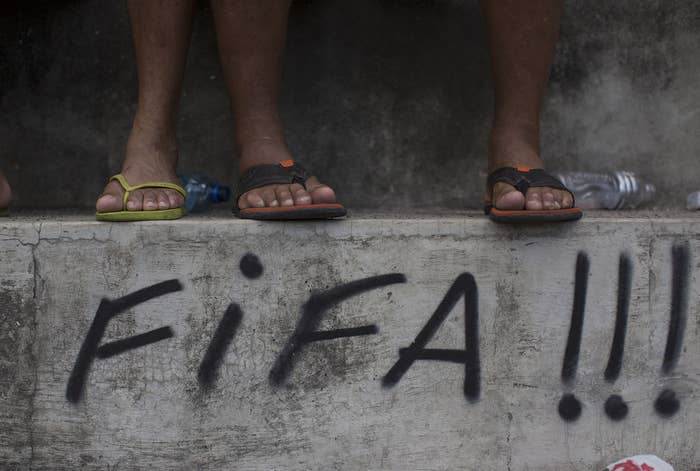
Nine FIFA officials and five corporate executives were indicted for corruption by the U.S. Department of Justice on Wednesday in a scandal that has rocked the world's most popular sport.
The FIFA executives were charged with racketeering, conspiracy and corruption in a "24-year scheme to enrich themselves through the corruption of international soccer," according to the indictment. These officials received more than $150 million in bribes and kickbacks from sports marketing firms in exchange for media and marketing rights to international soccer events.
At a news conference announcing the indictment, Kelly T. Currie, the Acting U.S. Attorney of the Eastern District of New York, said that all the money forfeited by those who pled guilty would be reserved for court-ordered restitutions to benefit "the ultimate victims" of the defendants' alleged corruption. While he did not identify the victims, Currie said that "soccer writ large" and the fans and the organizations were victimized by the corruption.
"The reason these people were able to make so much money corruptly goes to the love people have for the sport," Currie said. "It's taking that love and skimming off the marketing rights that allowed these people to enrich themselves and line their pockets."
But apart from the sport itself, FIFA's alleged rampant and systemic corruption has far-reaching consequences on the people and associations that it is entrusted with supporting.
Some of those victims include:
Youth Soccer In Developing Countries
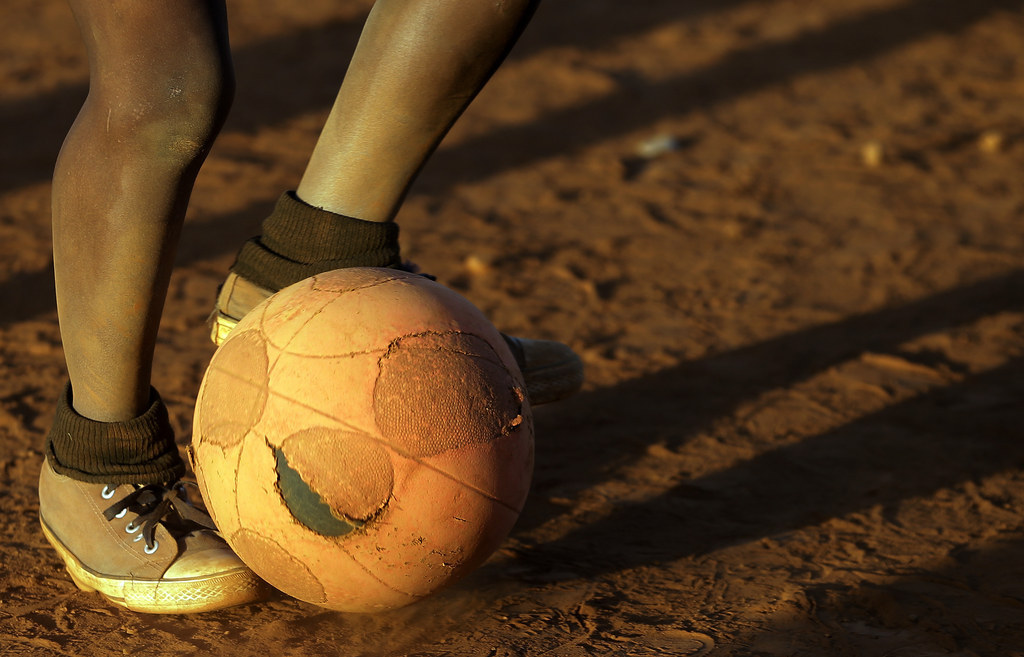
U.S. Attorney General Loretta Lynch said that the alleged corruption "profoundly harmed a multitude of victims," including the "youth leagues and developing countries that should benefit from the revenue generated by the commercial rights these organizations hold."
FIFA's Financial Assistance Program (FAP) was established in 1999 to finance and support the development of youth football academies, soccer fields, and other infrastructure projects in its member associations and confederations.
FIFA, a nonprofit organization, had total revenues of more than $5 billion during 2011-2014, with profits of $338 million. According to the indictment, 70% of the revenues came from the sale of television and marketing rights to the 2014 World Cup. FIFA spent a little over $1 billion on development projects, including $538 million for the FAP program, according to its income statement for 2011-2014.
The indictment stated that the defendants deprived FIFA, its member associations, national teams, youth leagues, and development programs — that relied on FIFA's financial support — of the full value of the media and marketing rights obtained with bribery and kickback schemes.
"A lot of the developing countries depend upon, for the youth development program, grants from FIFA," U.S. Attorney Currie said. "The bribe money that comes out of the pot for the value of these marketing rights takes money away from soccer fields and soccer balls for kids."
Kirk Bowman, a professor in Soccer and Global Politics at Georgia Tech, told NBC News, "There's a tradeoff: for every $100 million paid in kickbacks is $100 million that couldn't go to further support the development of youth soccer."
Women's Soccer
I need HELP! T&T sent a team here last night with $500 total. No equipment such as balls,no transportation from airport to hotel, nothing.
Women's soccer in many developing countries has also suffered from a lack of funding.
According to a soccer blog by Duke University students, most women's teams under the Confederation of North, Central American and Caribbean Association Football (CONCACAF) — whose top officials have been indicted by the DOJ for corruption — do not have basic needs such as full time coaches and staff, equipment, and training camps.
The Trinidad and Tobago women's national soccer team did not have enough money to fund equipment or basic expenses of its players during its trip to the U.S. for World Cup qualifying in October 2014. They were given $500 to last a week. Their volunteer coach appealed for funds on Twitter and managed to raise money from crowd funding sites.
The Duke blog noted that the countries' federations had adequate funds to support and sponsor their men's national teams.
FIFA acknowledged the lack of money and support for women's soccer in a February 2014 survey. It found that only 25% of the 177 national federations that responded to the survey had staff for women's teams, 20% of those federations didn't even have a women's team, and half had no youth development program for girls.
"The overall need for financial support remains one of the most urgent requirements for member associations to develop women's football," the FIFA survey concluded.
A Healthy, Competitive Market
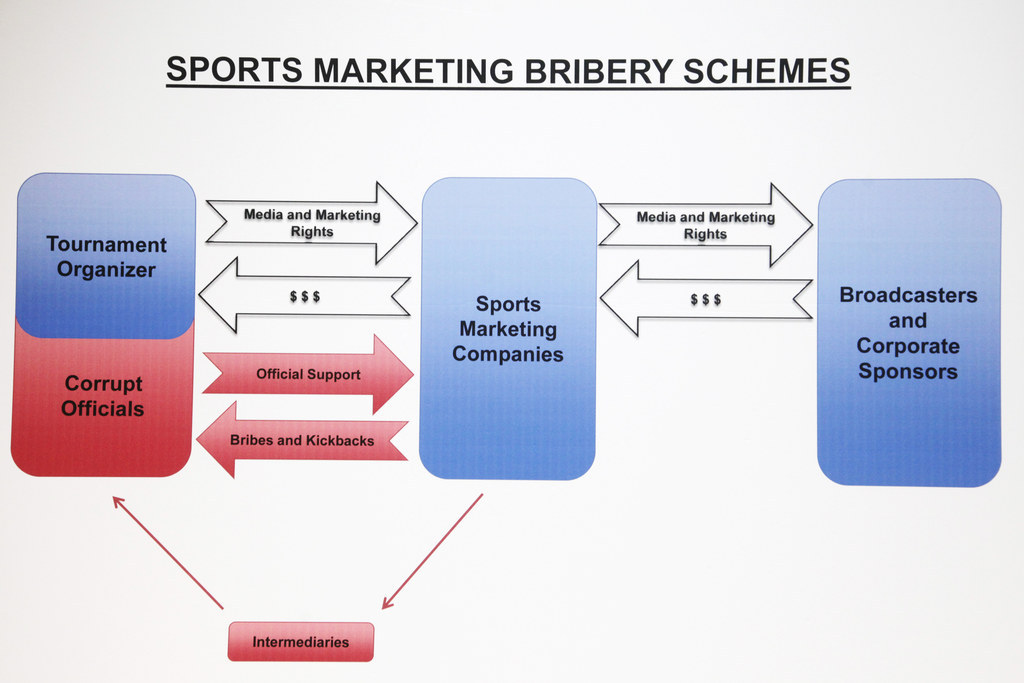
The schemes of the charged corrupt officials had powerful anti-competitive effects, the indictment stated.
The alleged corruption distorted the market for soccer's commercial rights and undermined the ability of other sports marketing companies to compete for those rights on more favorable terms to the right holders.
FIFA And Its Confederations
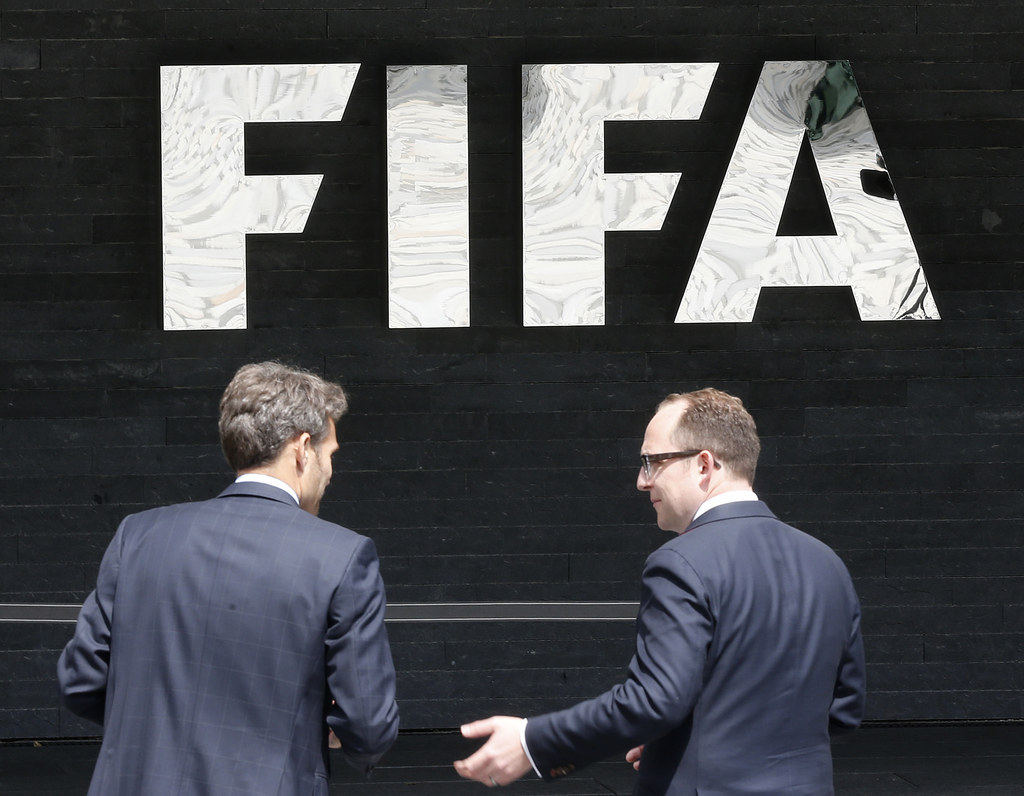
In statements made after the indictment, FIFA portrayed itself as a victim of the corruption by individuals, describing itself as an "injured party."
U.S. Attorney Currie said he agreed with FIFA's statement. "The entities were corrupted and in that sense they are victims," he said at a news conference. "FIFA and its confederations were corrupted, so in that sense they are victims."
The indictment also pointed to how FIFA and its confederations were "victimized institutions" that were deprived of their right to the "honest and loyal services" of the allegedly corrupt soccer officials.
The schemes by the defendants "inflicted significant reputational harm" on FIFA and its constituent organizations and damaged "their prospects for attracting conscientious members and leaders," the indictment said. This diminished their effectiveness to operate and carry out their core missions.
Qatar's Migrant Workers For The 2022 World Cup
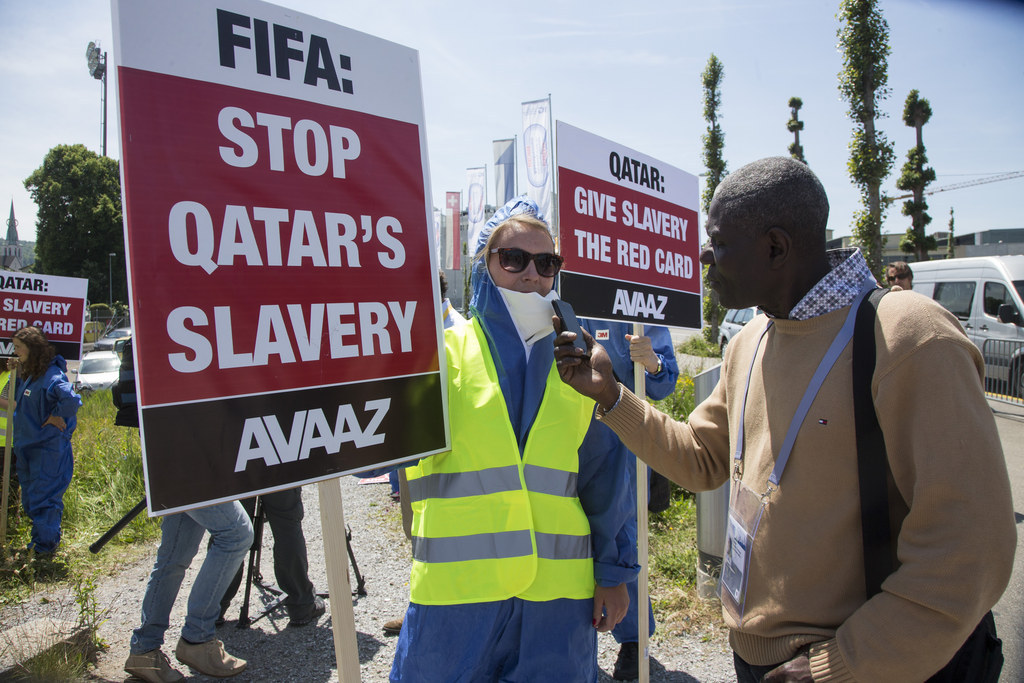
FIFA was also plagued by corruption allegations surrounding its award to Qatar during the bidding process to host the 2022 World Cup.
An investigative committee formed by FIFA cleared Qatar of the accusations, which centered on the country paying around $4.5 million to FIFA officials during the bidding process.
Since then, Qatar has been strongly criticized for its treatment of the nearly 1.5 million migrant laborers working on construction sites for The World Cup.
In what has been called "modern day slavery," the workers are said to be subjected to extreme working conditions, poor wages, exploitation and abuses by superiors, and have even been denied exit visas to return to their countries on the basis of the country's kafala system, where employers control workers' legal rights.
"The combined death rate of migrant workers from India and Nepal alone still stands at one every day," said Sharan Burrow of the International Trade Union Confederation (ITUC).
An IUTC report in March 2014 estimated 1,200 deaths so far and projected an additional 4,000 workers' deaths by 2022.
Despite growing pressure from human rights organizations and some sponsors of the World Cup, FIFA has not changed its decision to hold the sporting event in Qatar.
Theo Zwanzinger, a German FIFA executive, acknowledged at a European parliament hearing of the issue in February 2014 that conditions of Qatar's migrant workers were "absolutely unacceptable" and that FIFA would monitor their conditions. But he added, "This feudal system existed [in Qatar] before the World Cup," he said. "What do you expect of a football organization? FIFA is not the lawmaker in Qatar."
On May 27, the Office of the Attorney General of Switzerland (OAG) opened criminal proceedings against FIFA officials on suspicion of criminal mismanagement and money laundering in the allocation of the 2018 and 2022 Football World Cups.
